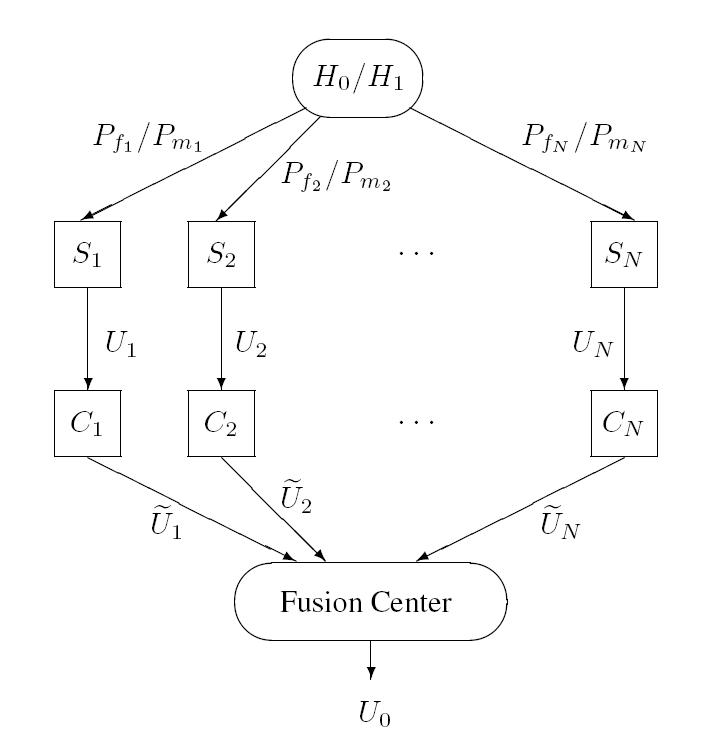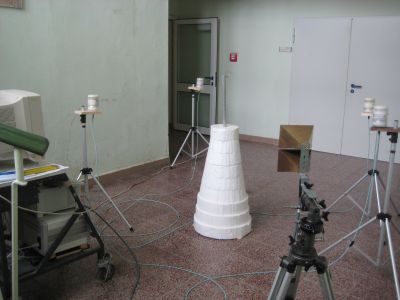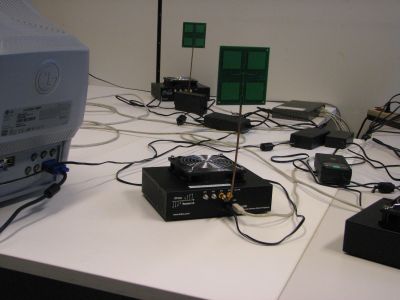Sensor Networks & Information Fusion
Wireless sensor networks have a wide range of applications including the detection of events or tracking of objects in a region of interest. They consist of a large number of spatially distributed sensor nodes, which are usually powered by batteries. The primary research focus lies on methods and algorithms for distributed signal processing in sensor networks, in particular for distributed detection applications. The limited battery power of sensor nodes in wireless sensor networks requires both energy efficient hardware and power-aware design methodologies. By using concepts from statistics and information theory, efficient approaches to optimization and performance evaluation of large scale resource constrained sensor networks are derived.

Low complexity transceiver circuitry can be accomplished by impulse radio ultra-wideband (IR-UWB). Moreover, IR-UWB requires only low transmission power, has a high system capacity and is resilient against multi-path fading. It is therefore an enabling technology for wireless sensor networks. Exploiting the interplay between signal processing and wirless networking, cross-layer resource allocation strategies for different network topologies are developed. The objective is to minimize the global probability of error of distributed detection systems given a fixed level of total transmission power. Furthermore, our research considers the computationally efficient implementation of signal processing algorithms in IR-UWB sensor networks. Investigated application scenarios include distributed UWB radar systems and cooperative spectrum sensing in cognitive radio networks.


Contact
For further information contact Daniel Bielefeld.
***
Aktuelle Informationen gemäß Art. 13 DS-GVO:
Datenschutzhinweis ***
Impressum ***

